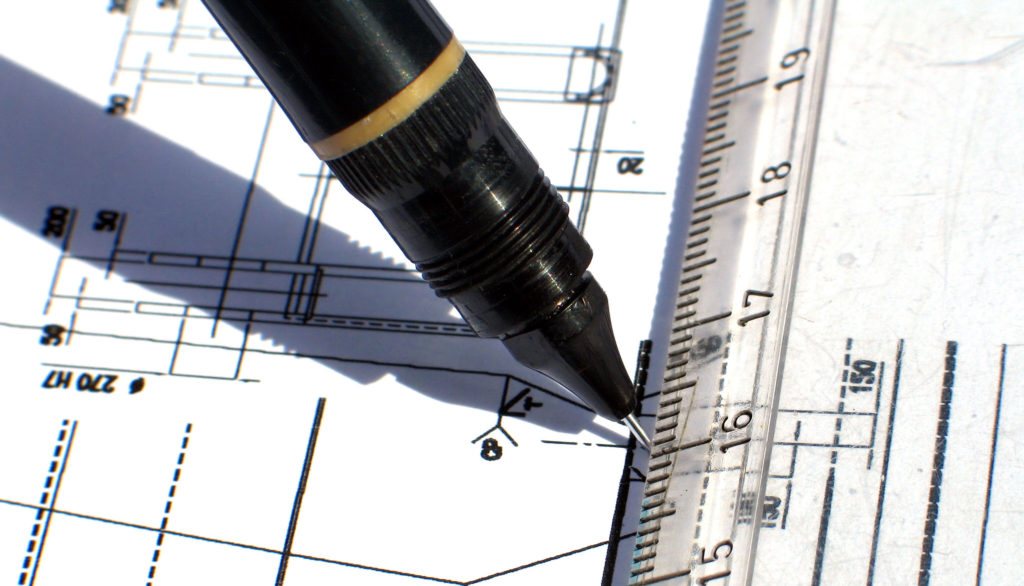BIM: Getting accepted an Industry Norm!
The common criticism against the construction industry is that it is a fragmented industry. There are mounting calls for the industry to change for collaboration as well as embracing innovation in the process of construction, design and across the supply chain. The innovation and application of advanced technologies such as ‘Building Information Modeling (BIM)’ become significant in such situations, as it enables integrating the team and thereby integrating the process.
Everybody, who are related in the construction industry such as designers, engineers, design coordinators, design managers, architects and architectural technologists agree that the design team, which is responsible for design management in the organization, is the catalyst for advancing innovation. BIM technologies provide a paradigm shift in the way buildings are designed. BIM, more than a technology tool, represents a sea change to the design process, as it can transform the way we design. This revolutionary technology challenges the conventional thinking in building designing and starts to create a new norm for the entire industry, in a relatively short time.
Makes design easy: BIM has serious implication for the design process. Every designer has his/her own unique vision and style, which is the biggest challenge to implement BIM. With BIM professionals resolve design decisions earlier and faster in the project.
Suites to institutional facilities: Institutional facilities like hospitals and research laboratories have a design that is strongly program driven. In such models, a lot of data is generated before the aesthetic concept is developed and the three-dimensional aesthetic is discussed only after a floor plate is established. BIM is highly beneficial for such kinds of development, as BIM room data sheets can be easily translated into databases.
Support commercial buildings: The design of commercial buildings and community projects are not strongly driven by the program. BIM for such types of projects supports the sculptural art of shaping the building’s design form.
Influence the firm’s design’s culture: BIM has and will continue to influence the firm’s design culture and these design culture changes are enriching the firm with new ideas and provide a new way of practising architecture to the design professionals.
Impress the clients: BIM presents a more holistic and three-dimensional view of the project with the use of renderings and animations that help the clients to assemble the building design in their mind without reviewing numerous sketches. Its ability to visualize the project immediately can increase the ability of the client to comprehend the design dramatically.
As BIM projects more quickly and differently than traditional approaches, it allows the design to meet the requirements of the clients at a speed never seen before.
